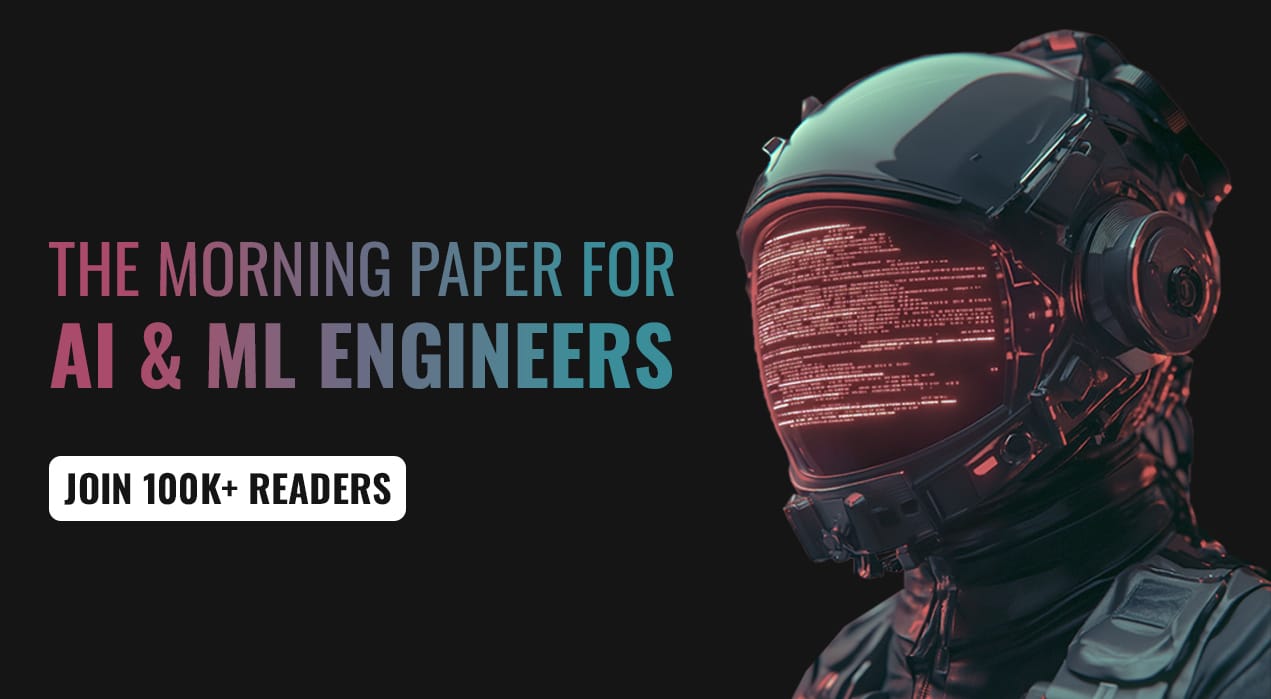- Artificial Intelligence Newswire
- Posts
- Two Charts That Explain the State of the AI Boom
Two Charts That Explain the State of the AI Boom
Tech moves fast, but you're still playing catch-up?
That's exactly why 100K+ engineers working at Google, Meta, and Apple read The Code twice a week.
Here's what you get:
Curated tech news that shapes your career - Filtered from thousands of sources so you know what's coming 6 months early.
Practical resources you can use immediately - Real tutorials and tools that solve actual engineering problems.
Research papers and insights decoded - We break down complex tech so you understand what matters.
All delivered twice a week in just 2 short emails.
Chart 1: Distribution Matters

OpenAI is still leading the AI landscape — but its market share is slipping as the total pie grows. That’s not necessarily a sign of weakness; it’s what happens to category leaders as ecosystems mature. What’s fascinating, though, is who’s gaining ground. It’s not scrappy startups — it’s the incumbents with massive distribution.
Google is perfectly positioned here: as its models improve, its deep integration into Search, Android, and Workspace gives it enormous leverage. If Meta ever manages to unify its LLaMA models across Instagram, WhatsApp, and Threads, it could quickly capture share too. Meanwhile, xAI faces a different challenge — it will likely need to license Grok aggressively or acquire an existing platform with large-scale distribution, such as Snapchat or Pinterest, to compete.
In short: model quality matters less than reach. The next phase of the AI race won’t be won in training clusters — it’ll be won in distribution channels.
Chart 2: Coding Agents Are Slopware

The other chart shows a more troubling signal: the “AI coding agent” category is shrinking. And the reason isn’t mysterious — it’s because “vibe coding” doesn’t work in the real world.
Most of these tools excel at flashy demos but crumble under real enterprise complexity — things like version control, dependency management, and integration testing. Developers try them, pay for a subscription, and quickly churn out when they realize the gap between marketing and performance.
In short: AI hype is peaking where delivery is weakest.
The winners of the next phase won’t be “app-crappers” pumping out low-quality code. They’ll be the platforms that combine deep reasoning, memory, and reliability — the things that actually ship in production.

